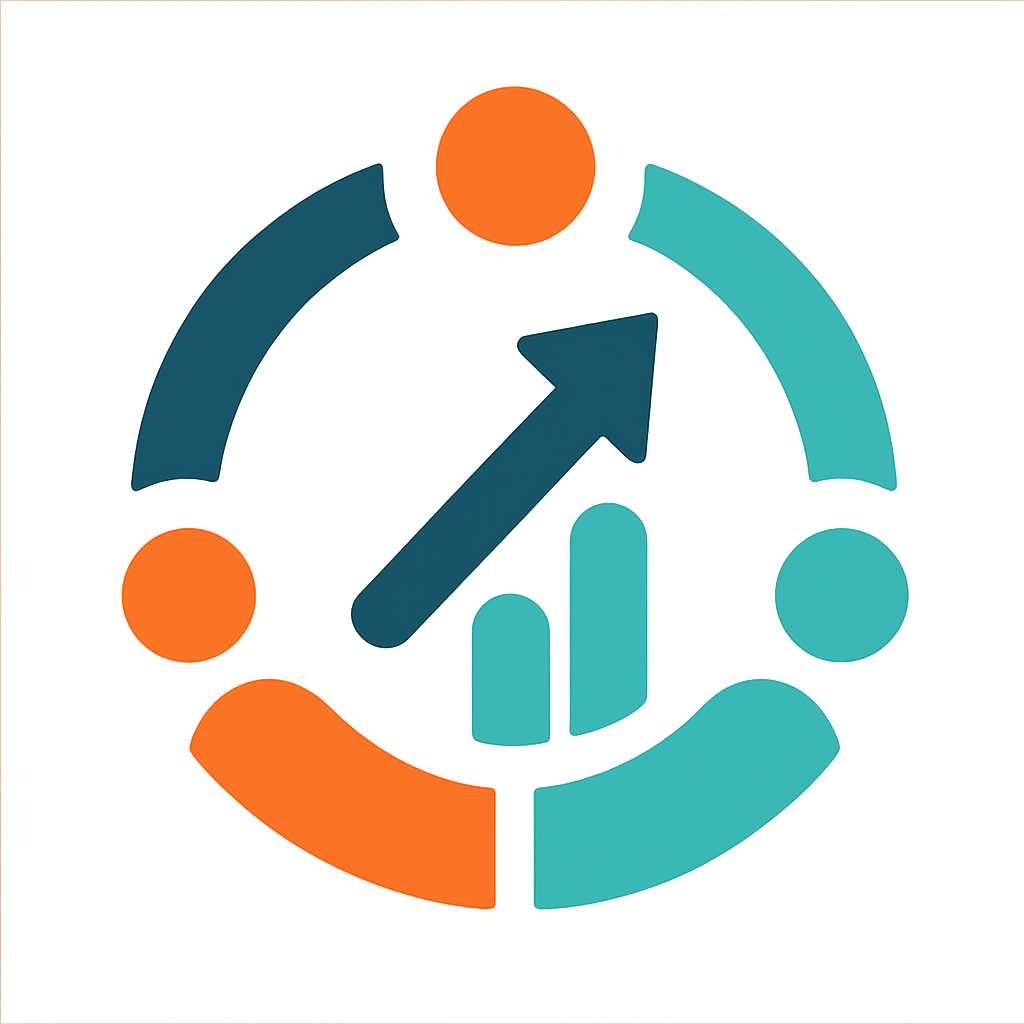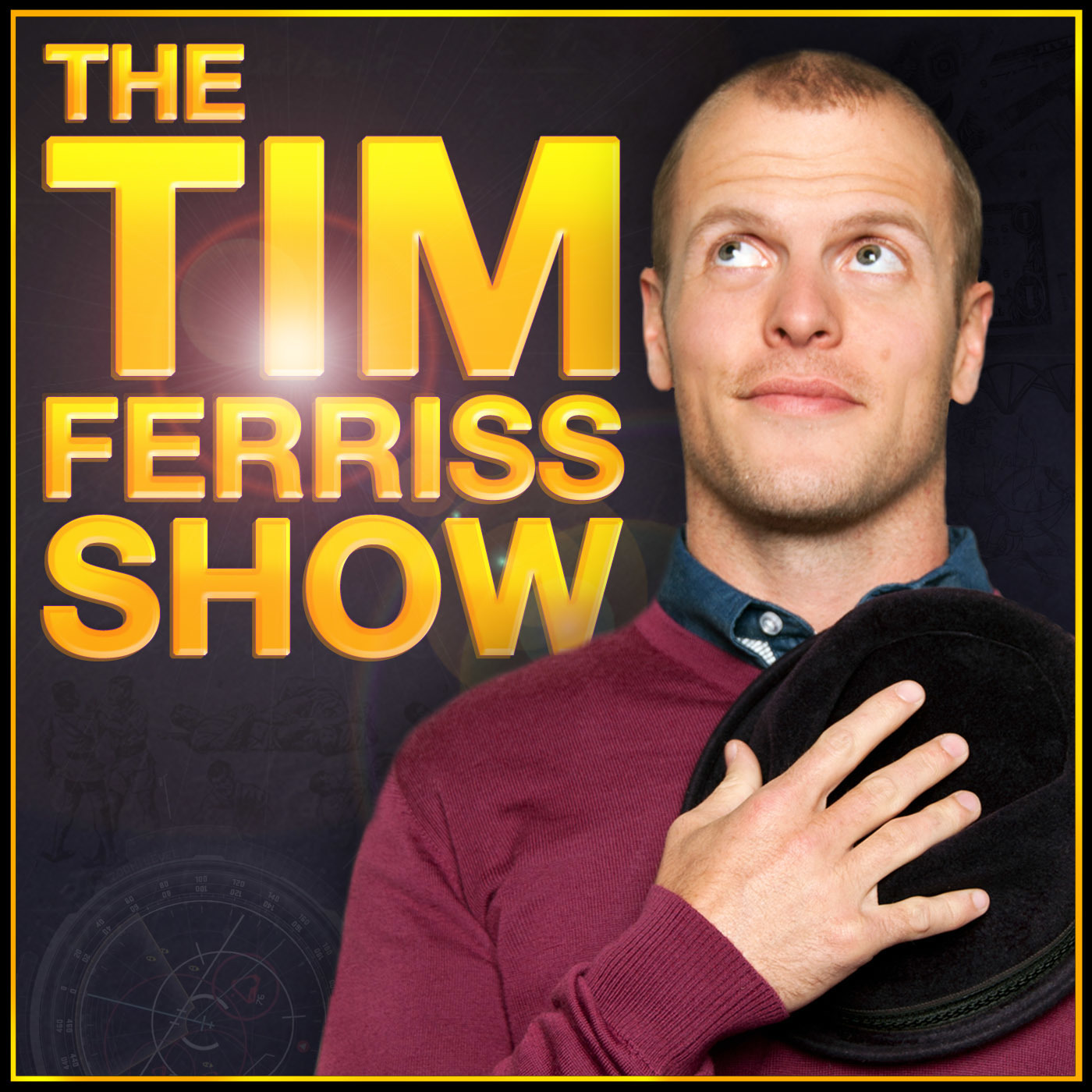AI transcript
0:00:09 The Tim Ferriss Show. This episode is a brand new experiment called Meditation Monday. That means,
0:00:14 in addition to my long-form interviews each week, every Monday, I will be bringing you a short 10
0:00:19 minute or so meditation, which will help you for the rest of the week. Over this four-episode
0:00:24 series, you’ll develop a Zen toolkit specifically to help you find greater calm, peace, and effectiveness
0:00:29 in your daily life. The teacher, Henry Schuchman, has been on my podcast twice before. He is one
0:00:34 of only a few dozen masters in the world authorized to teach what is called Sambo Zen,
0:00:38 and I have found this particularly interesting and effective. And now he’ll be your teacher.
0:00:46 I’ve been using Henry’s app The Way once, often twice a day for the last few months, and it has
0:00:51 lowered my anxiety more than I thought possible. As a listener of the show, you yourself can get
0:00:57 30 free sessions by visiting thewayapp.com/tim. So if you like what you hear in these meditations,
0:01:01 which will be valuable in and of themselves, you can get 30 free sessions by going to
0:01:07 thewayapp.com/tim. And for the time being, please enjoy this Meditation Monday with Henry Schuchman.
0:01:16 Hello. Welcome to Meditation Monday. I’m Henry Schuchman. I’m a Zen master, a meditation teacher,
0:01:23 a poet, an author. I’ve been meditating a long time since my mid-20s, and it’s been
0:01:30 the most important thread in my life in terms of not just sort of self-care and maintenance and
0:01:36 generally being much happier than I might otherwise have been. It’s also been a journey of incredible
0:01:42 discovery. I think the most crucial, vital, beautiful discovery of a lifetime, in a certain
0:01:47 sense, because it can show us stuff about who and what we really are and what our true relationship
0:01:57 with this world actually is. But the most important initial foundational function of meditation for
0:02:06 most of us is going to be just in getting more present, more grounded, more centered, and less
0:02:17 stressed. It’s a great intervention for nervous system regulation. And the whole modern mindfulness
0:02:24 exponential spread of meditation as a practice has been centered around that stress reduction.
0:02:31 And that’s great. That’s definitely great. And it is what we all need to start with and regularly
0:02:36 come back to. But I do want to just note that there is the other side too, that it can be
0:02:42 such an extraordinary journey of existential discovery. In this little series, we’re going
0:02:50 to be exploring both sides, but we’re going to begin again and again with arriving, getting grounded,
0:02:58 getting centered, more balanced, more present. And in this first meditation that we’re about to go
0:03:08 into, I’m going to be basically teaching a way that we can again and again come back to the here
0:03:18 and now through getting more aware of our body, of our body sensation and the experience that our
0:03:26 body is actually having right now. They say the mind is a time traveler, goes to the past,
0:03:34 goes to the future, quite often a lot. But the body doesn’t do time travel. And if we can just
0:03:42 get connected with our body again, we come back into the present moment, into right here, right
0:03:50 now, and in a slightly unexpected way, when we’re really here, present, somehow it always seems to
0:03:59 dial down our stress, our suffering. It just takes the edge off it, just to be more immediately
0:04:06 present now. And weirdly, that even works when we’re in a stressful present. There’s something about
0:04:15 being present with this body here and now that seems to give us more of a sense of
0:04:24 peace and safety automatically, even when things are tough. Okay, so let’s go into our first
0:04:33 meditation. I’m going to suggest that you get seated comfortably. In this process of
0:04:43 coming into our body experience, it’s really helpful that you can find your way to a setup
0:04:52 with your body, a posture, where you can be comfortable. The 99% of meditation teaching
0:04:58 suggests sitting. There’s good reasons for that, which I won’t go into now. But you can, of course,
0:05:03 recline if that’s what you would rather do. But I’m going to assume that most of us are sitting.
0:05:10 And if you’re sitting with your back being supported, then really relax into that support.
0:05:17 If you’re sitting like I am, with your back unsupported, then it’s important to be balanced.
0:05:25 We want the ears over the shoulders, the shoulders over the hips. As we come into
0:05:37 body experience, we want to be coming into this comfort in the body that allows the body to relax.
0:05:44 Okay, so now I’m going to invite you to either close your eyes or, if you prefer, you can just
0:05:50 lower your gaze. But no need to be looking at anything. If you’re lowering your gaze,
0:05:59 don’t be looking particularly at anything, just kind of switch off the pointer in the eyes, the
0:06:08 looker. Just let that go. If your eyes are closed, gaze into the kind of gray scale behind the closed
0:06:19 eyelids. Let’s just allow ourselves to let go, just briefly, just for this little period of time,
0:06:27 of whatever’s come before, whatever our cares and concerns are this day,
0:06:40 just for now, you can put them on the shelf and just come into the experience of being here quietly,
0:06:55 somewhat still and not needing to do anything right now. You can actually
0:07:05 leave the tasks, the to-do list outside the door, just for a moment, just for now.
0:07:12 And think of this as a time of coming back to you,
0:07:20 coming back to something a bit more essential about you and your life.
0:07:34 I’m going to give some pointers now around experience of the body and relaxing the body.
0:07:42 Let your jaw relax, let your jaw actually sink a millimeter or two
0:07:50 and feel what it’s like to let the jaw go.
0:08:02 Many of us carry tension in the jaw, just let it become slack.
0:08:10 Now let the throat relax, be soft.
0:08:25 Let your shoulders settle, let your arms and hands and fingers become limp.
0:08:30 Let them go slack like old rope.
0:08:46 Lovely, now let your chest, your whole ribcage become warm.
0:08:54 Let it become like soft wax, warm wax.
0:09:15 Sense the belly now, let it too become warm and soft.
0:09:24 Now sense the seat beneath you,
0:09:33 let your sitting bones, your buttocks just kind of melt down into the seat.
0:09:44 Let upper legs become warm and soft and loose.
0:09:55 Let lower legs also become warm, soft, loose.
0:10:04 Let the ankles and feet relax, let go.
0:10:21 And now can you get a kind of snapshot in your mind of the whole body as you’re sitting here?
0:10:26 No worries if you can’t, that’s not not needed.
0:10:34 But see if you can somehow sense a warmth pervading your whole body.
0:10:54 Can you sense a softness all through your body?
0:11:08 You know in meditation we never need to do things perfectly, there is no perfection,
0:11:18 it’s really a practice of imperfectionism. We just experience what we experience
0:11:22 and we let that be enough.
0:11:38 So whatever you’re experiencing, can you let that be enough for right now?
0:11:52 Many come to meditation thinking they’ve got to somehow do it very well or kind of even perform it
0:12:02 well. But that’s not needed here at all, it’s about coming back to you.
0:12:13 You having a chance just to be you.
0:12:32 It’s like having a little respite, a little shelter or refuge from the turbulence of our lives.
0:12:45 And finding that there is a strange kind of shelter that we can find within.
0:12:57 Coming back to a place of ease
0:13:05 that’s always actually here for us within.
0:13:13 Place of rest.
0:13:23 You know our bodies know how to do it, our nervous systems know how to do it.
0:13:32 Just takes a little bit of intention and some tools.
0:13:56 Let yourself rest for a moment, kind of in the in the heart of your own life, your own livingness.
0:14:26 Yeah, okay. Yeah, great. And that’s it. That’s meditation. It’s so natural
0:14:34 it’s just being still, being quiet, kind of just being ourselves.
0:14:42 And it’s it’s weird that it seems like sort of a big thing I’m going to do this thing called
0:14:49 meditation. Really it’s almost like when we’re not actually doing anything, we’re just stopping,
0:14:56 we’re ceasing from our restless round of doing just for a little bit,
0:15:05 just a few minutes, 10 minutes a day is definitely enough actually to make a real difference in our
0:15:13 lives. So I hope you’ve enjoyed this and had some some taste of stillness and maybe of peace.
0:15:21 I’d like to encourage you to try through your days every so often, you know, you can just
0:15:30 kind of hit pause mentally and for 10 seconds, no more, just be still, sense your body.
0:15:38 However it’s showing up for you right then, just sense it and carry on with your day.
0:15:45 So that’s the first tool in the Zen toolkit for everyday life that we’re kind of assembling here.
0:15:52 I’m really honoured to be able to offer these to you. Thank you very much for joining and I’ll
0:15:56 see you next Monday for the next session of Meditation Monday.
0:16:06 [BLANK_AUDIO]
This episode is a new experiment called Meditation Monday. The teacher, Henry Shukman, has been on my podcast twice before. He is one of only a few dozen masters in the world authorized to teach Sanbo Zen, and now, he’ll be your teacher.
In addition to my long-form interviews each week, every Monday I’ll bring you a short 10-minute or so meditation, which will help you for the rest of the week.
Over this four-episode series, you’ll develop a Zen toolkit to help you find greater calm, peace, and effectiveness in your daily life.
Henry’s app, The Way, has changed my life since I first started using it. Unlike other meditation apps, where you’re overwhelmed with a thousand choices, The Way is a clear step-by-step training program guided entirely by Henry. Through a logical progression, you’ll develop real skills that stick with you.
I’ve been using it daily, often twice a day, and it’s lowered my anxiety more than I thought possible.
As a listener of my podcast, you can get 30 free sessions by visiting https://thewayapp.com/tim and downloading the app.
See Privacy Policy at https://art19.com/privacy and California Privacy Notice at https://art19.com/privacy#do-not-sell-my-info.



Leave a Reply
You must be logged in to post a comment.